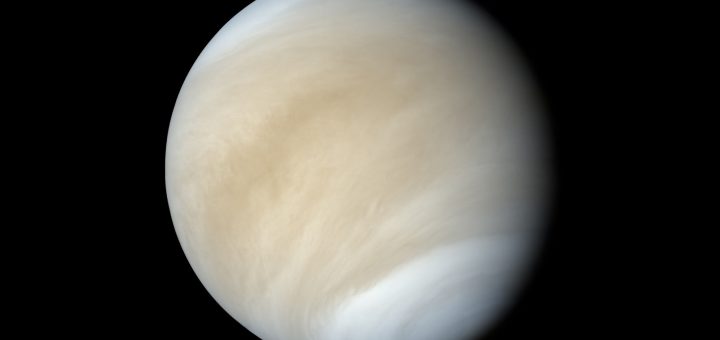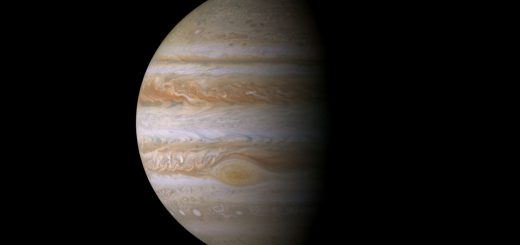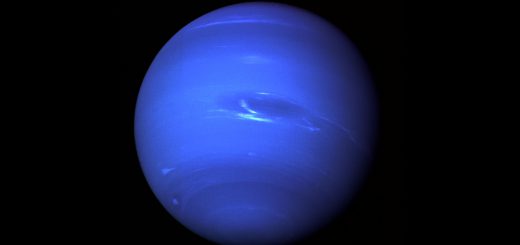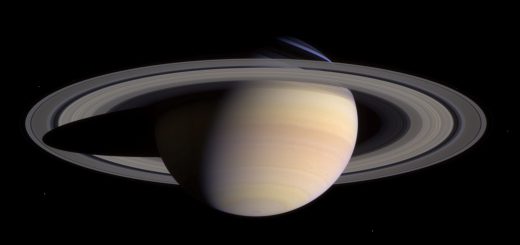Venus

Venus is the second planet from the Sun, and the closest to Earth in terms of size, composition and orbit, but with a surface temperature of 462 degrees Celcius (863 degrees Fahrenheit), a surface pressure 92 times higher than Earth’s, and clouds of sulphuric acid, it can’t support life as we know it.
The planet is named after Venus, the Roman goddess of love, beauty, sex, prosperity, victory and fertility. Her analogue in the Ancient Greek pantheon is Aphrodite.
Fun fact #1: Out of all the planets, Venus’ orbit is the closest to be circular.
Fun fact #2: If we were to view the solar system from way, way, way, way above Earth’s north pole, all the planets would be seen to orbit the Sun in an anti-clockwise direction. All the planets, except Venus, also spin on their axis in that direction too.
Instead Venus spins the other way. And it does so very slowly. In fact, its day (the time it takes to spin around once on its axis) is longer than its year (the time it needs to orbit the Sun once). The Venusian day is 243 Earth days long, while its year is 224.7 Earth days.
Header image: Venus from Mariner 10 by NASA and Ricardo Nunes via Brightstar Astronomy.



